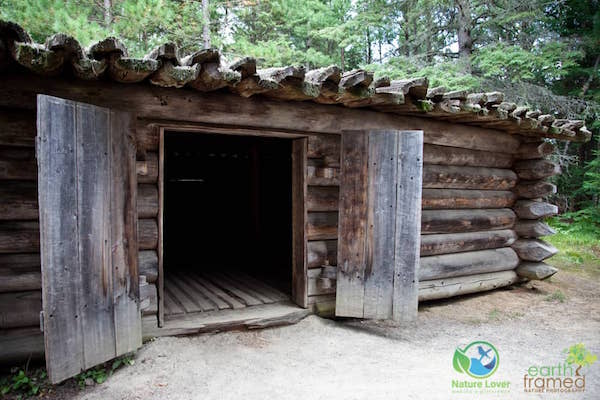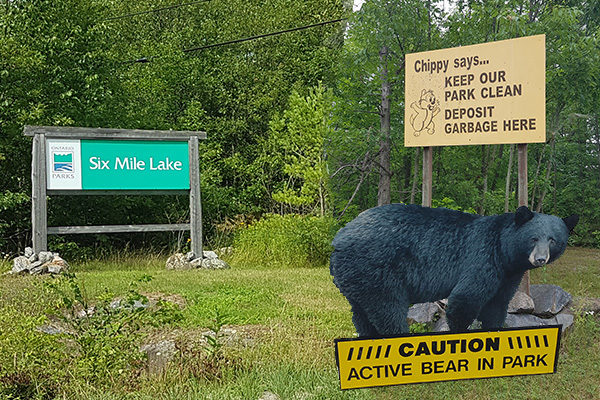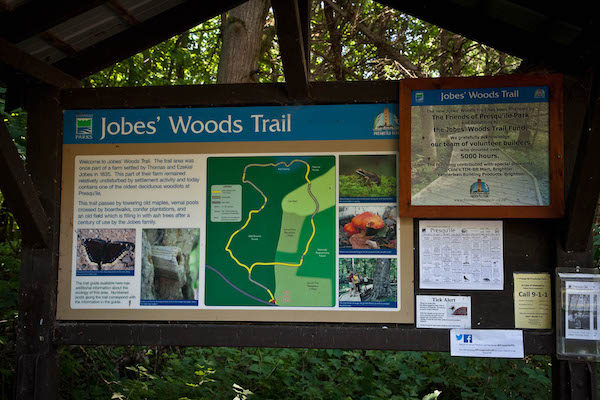The are many wonderful things that we love about walking through Algonquin’s Logging Museum. It’s an easy walk along a gravel path that starts and finishes at the main building which houses a gift shop, bathrooms, and a theatre. Visitors should start by watching the short film about logging before heading out to check out the exhibits.
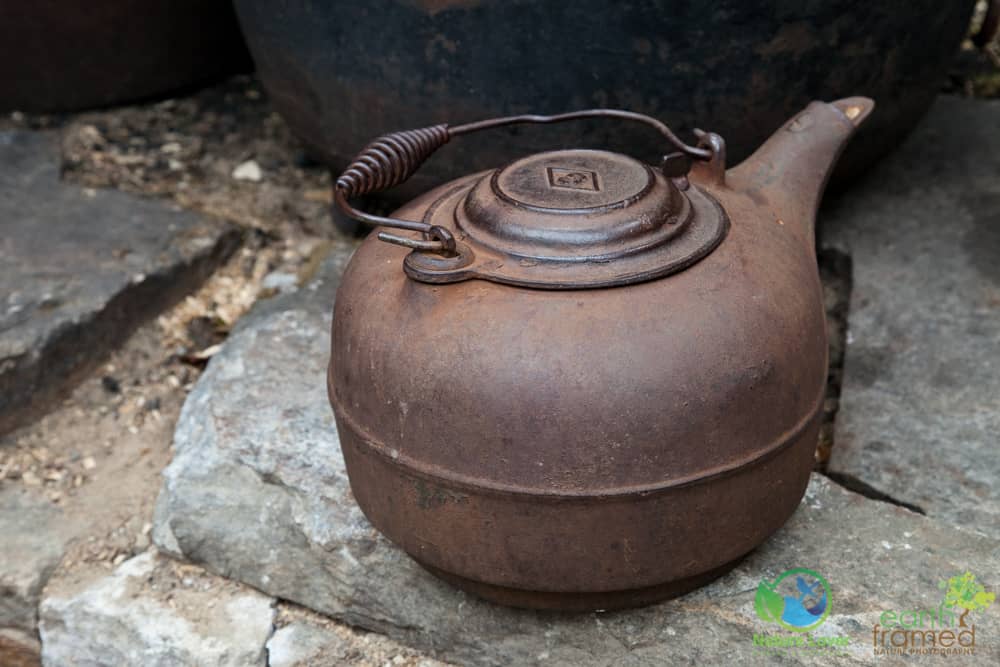
In the camboose shanty building, which was one of the earliest types of camps used to house up to 52 men, there were a variety of cast iron cooking pots and kettles. All along the outside of the one room building were bunks for the men with a large firepit in the middle which was used for warmth and for cooking.
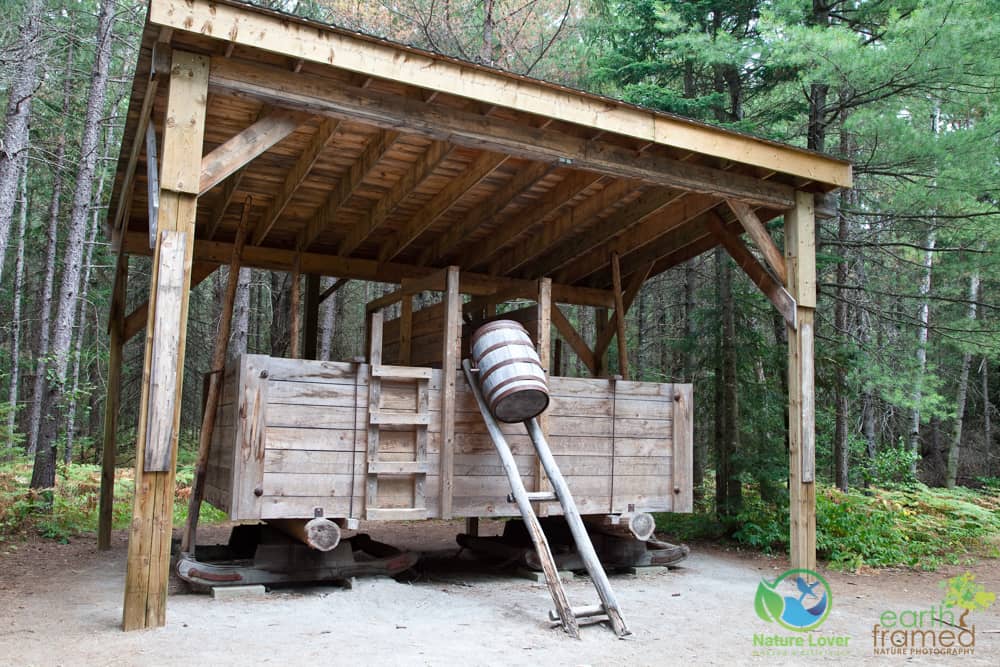
Above is a reconstruction of a tanker sleigh which was used to sprinkle water on the roads to create an icy surface for hauling logs. They had to fill the sleigh by cutting a whole in the ice, in the middle of the night, and then lift barrels up to fill the inner compartment. Can you imagine having to do that in the middle of the winter, in the middle of the night?
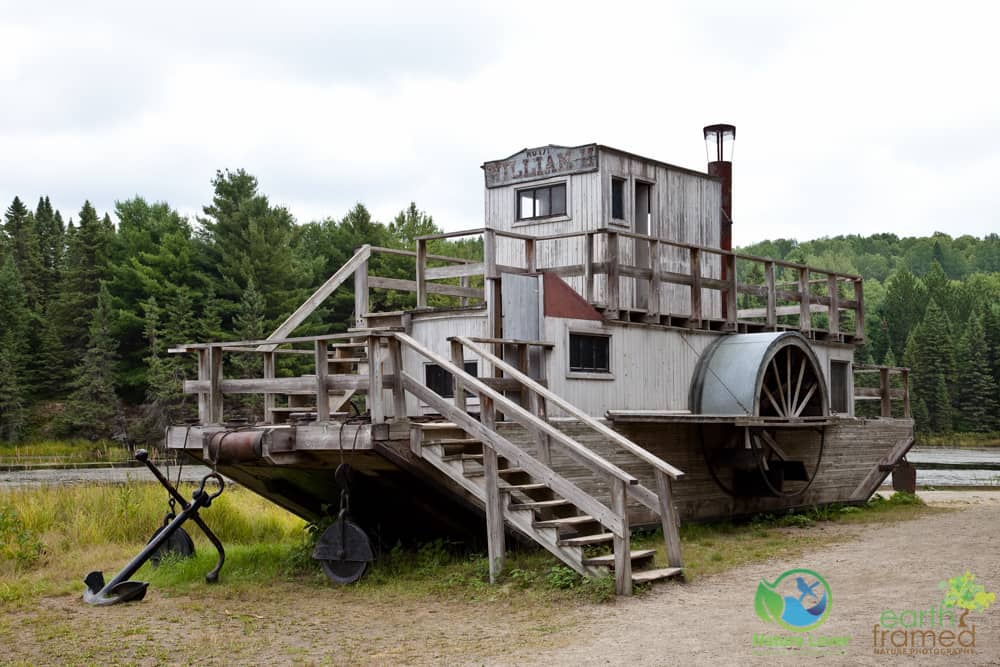
Down by the river is the William M., an amphibious tugboat dating back to the late 1800’s. Visitors can explore this steam-powered tug and get a good view of the river from the top deck.
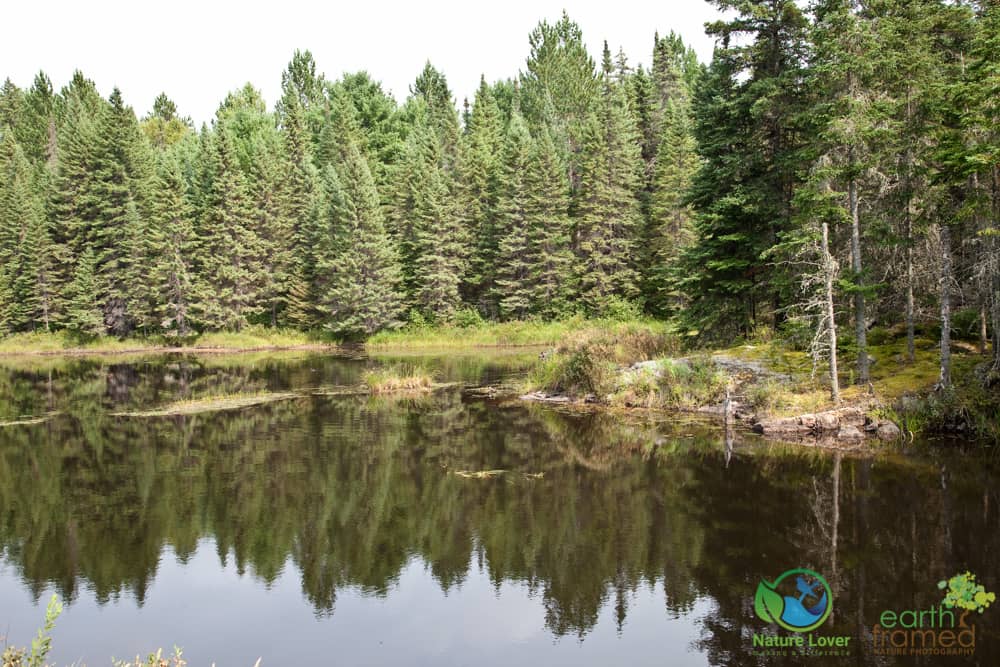
We have seen beavers, river otters and a bunch of different dabbling ducks from this spot.
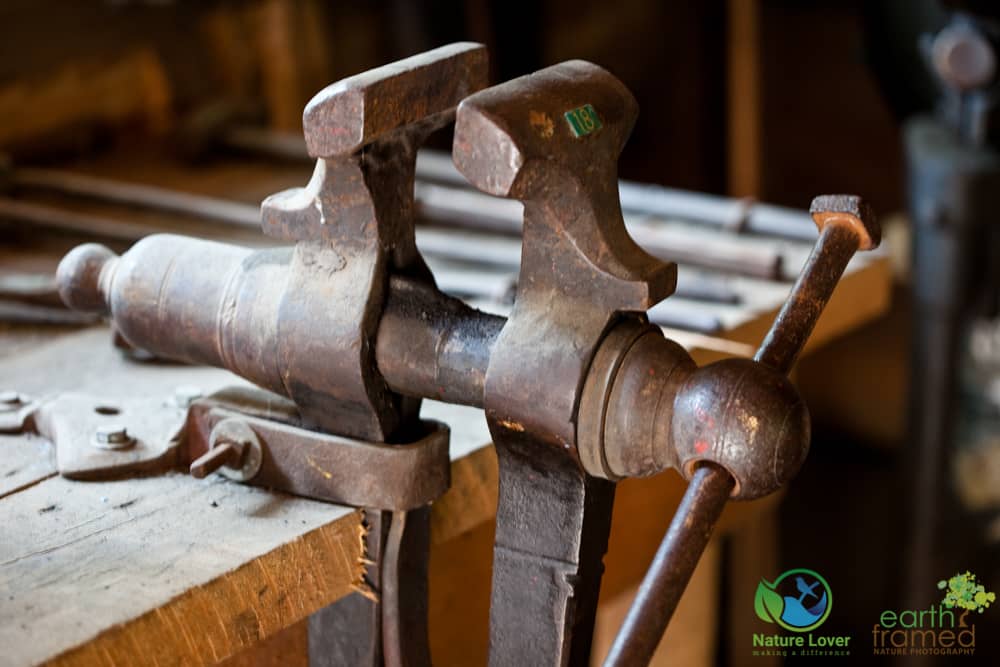
There a ton of different tools and vices in the blacksmith’s building. We spotted a large forge, anvils, a drill press and a bunch of hammers. Blacksmiths would have made shoes for the horses, parts for the sleighs and other fixtures or objects the workers might need.
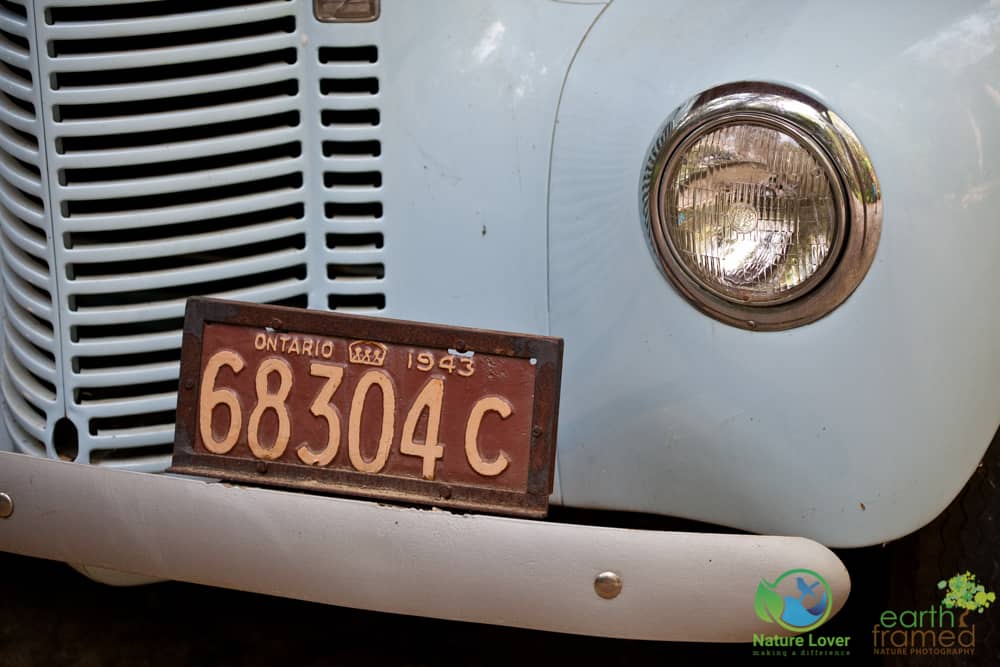
Later on in the twentieth century the logging profession added machine power to their techniques. They continued to use horses in the bush and then trucks would pull the logs on sleds in the winter. Initially the trucks weren’t powerful enough to do all of the work.
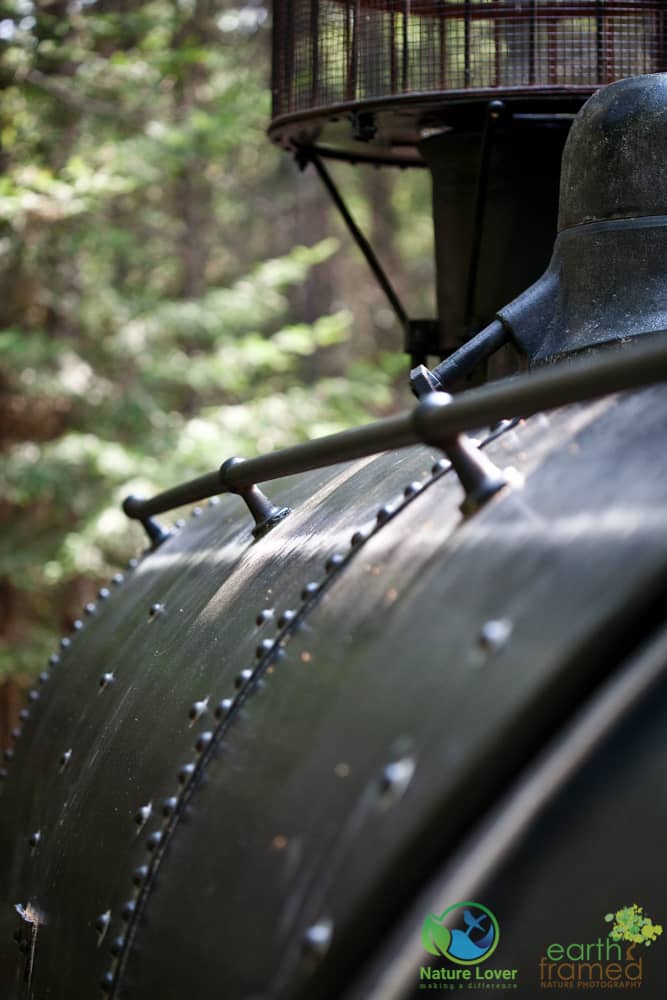
The locomotive on display at the logging museum was built in 1911 in Montreal, Ontario. This type of train would have run along the spur lines off the main one in order to bring logs in from remote areas.
We love this trail for many reasons. The trail can be walked after rainstorms, since it is a gravel path, and it isn’t very long so even on most hot days it can still be enjoyed. It also is great for wildlife, especially at dusk and out of season.


